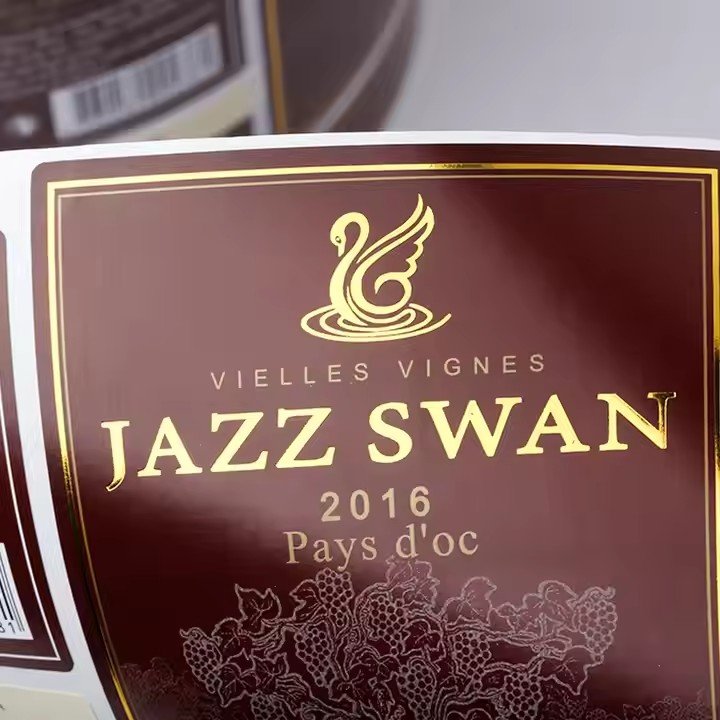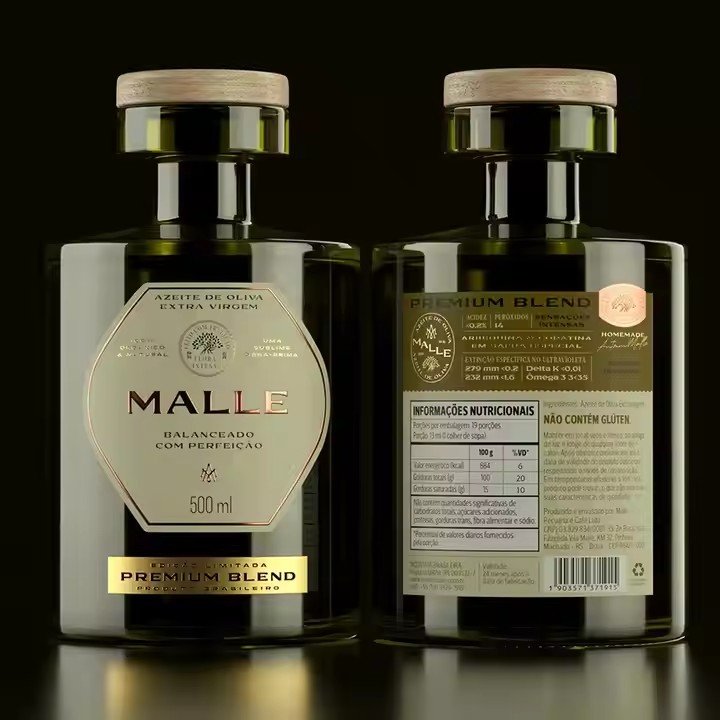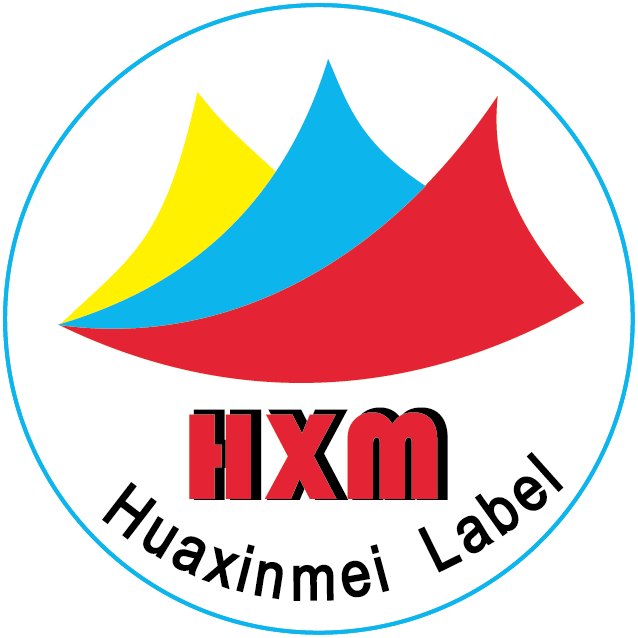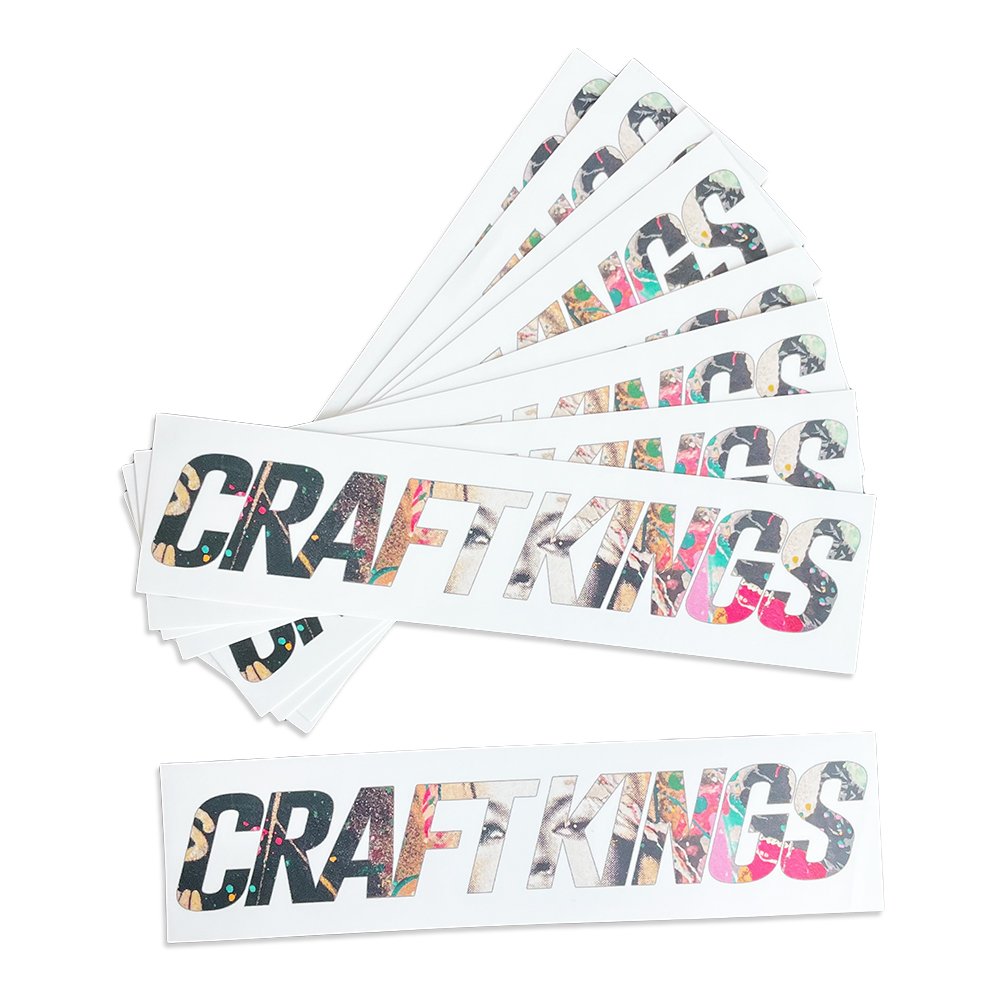- Core Dimension: Information Design – Prioritize “Practicality First”
The primary purpose of calendar stickers is to convey date information. The design must present a clear information hierarchy so users can “understand at a glance and access quickly,” avoiding clutter caused by excessive decoration.
- Information Hierarchy: Highlight the Core, Simplify the Secondary
Dates and weekdays are the main focus and should stand out through font size, color, and weight, while auxiliary information should remain subtle.
Core Information (Date + Weekday):
The date (e.g., “28”) should be the most prominent element, ideally occupying 25–35% of the sticker’s area. Use bold sans-serif fonts (such as Source Han Sans Bold or Arial Black) for clear readability from a distance.
The weekday (e.g., “Thu”) should be ½–⅔ the size of the date, using a medium-weight font in low-saturation tones (like light gray or pale blue) to avoid competing for visual attention.

Auxiliary Information (Month / Year / Labels):
The month (“Oct”) and year (“2025”) can be placed at the corner or below the date, in smaller fonts (⅓–½ the size of the date), using light or italic typefaces.
Holidays or solar terms (e.g., “Mid-Autumn,” “Start of Winter”) can be represented with small icons (moon, snowflake) or pale text not exceeding ⅓ the size of the date to prevent distraction.
- Information Density: “Less Is More” — Avoid Overcrowding
Content should be limited to essential elements, ensuring clarity and balance.
Basic Version (for journals, planners):
Include only “Date + Weekday + Month,” suitable for small stickers that won’t cover handwritten notes.
Functional Version (for office or home):
May include “To-Do boxes” (e.g., “□ Meeting”) or “Weather info” (e.g., “Sunny 18°C”), but leave at least 30% blank space to maintain readability.
Avoid:
Long texts (quotes, poems), large background images, or decorative fonts (artistic or handwritten styles) that compromise legibility (e.g., confusion between “6” and “9”).
- Recognition Aids: Use Symbols or Color Blocks for Emphasis
Special dates (e.g., anniversaries, deadlines) should be easily recognizable without requiring users to read text.
Symbol Markers:
Holidays can use stars, birthdays cakes, or check marks. Icons should match the overall style (minimalist → line icons; cute → cartoon icons) and appear beside the date without overshadowing it.

Color Zoning:
Important dates can use strong contrast backgrounds (red, orange), while regular days remain white or light gray. Weekends may use soft pastel backgrounds (yellow, pink) to visually separate them from weekdays, helping users identify patterns quickly.
- Key Dimension: Scenario Adaptation – Fit the Usage Context
Different settings demand varying sticker sizes, shapes, and materials. Tailored designs ensure functionality and user satisfaction—generic designs often lead to poor adaptability.
- Size and Shape by Scenario
The design must fit the target surface and usage habit to ensure it “fits well and feels right.”
Journals / Notebooks:
Small and flexible, typically 3×3 cm – 5×5 cm; shapes include squares, circles, or custom forms (clouds, leaves) with rounded corners to prevent paper damage. Compact enough to fit between text lines without covering notes.
Office / Documents:
Prioritize slim and portable formats (2×4 cm – 3×5 cm), in strip or rectangle shapes for labeling files, deadlines, or meeting times. Use thin PET material that removes cleanly without residue.
Home / Appliances:
Suitable for curved or smooth surfaces like fridges or walls, usually 4×6 cm – 6×8 cm. Rounded rectangles prevent edge scratches. Choose magnetic PVC or thick waterproof PVC to ensure adhesion and moisture resistance (e.g., kitchens).
Desktop / Display Use:
Designed as small stand-up decorations, 5×5 cm – 8×8 cm, shaped as squares or trapezoids with foldable bases for upright display. Use stiff cardstock or acrylic for durability and aesthetic appeal.
- Style Tone by Scenario
Visual style should align with the environment to avoid “style mismatch” (e.g., using cute cartoon designs in a corporate setting feels unprofessional).
Journals:
Favor fresh, retro, or cute styles with botanical, animal, or textured elements in pastel, Morandi, or kraft tones—matching personal journaling aesthetics.
Office:
Minimalist and professional. Stick to black, white, gray, or light blue tones. Use clean lines and color blocks to separate information, maintaining visual order.
Home:
Warm and cozy. Choose soft hues (yellow, pink, green) with family-oriented motifs (e.g., parent-child illustrations, kitchen utensils). Designs may vary by season (snowflakes for winter, watermelon motifs for summer).
- Bonus Dimension: Visual Presentation – Enhance “Aesthetics and Texture”
Beyond functionality, thoughtful color, element, and finishing design can elevate calendar stickers from “practical tools” to “decorative stationery,” increasing user appeal.
- Color Coordination: Balanced Yet Distinctive
Color is the first element users perceive. It should be both pleasing and functional, evoking emotion while maintaining clarity and differentiation.


